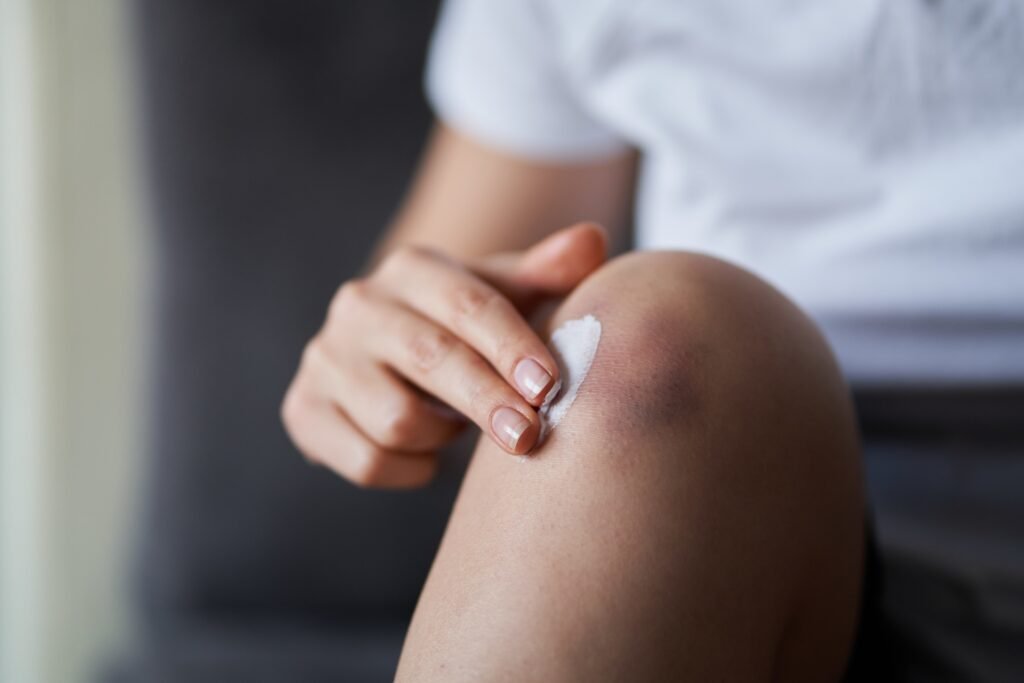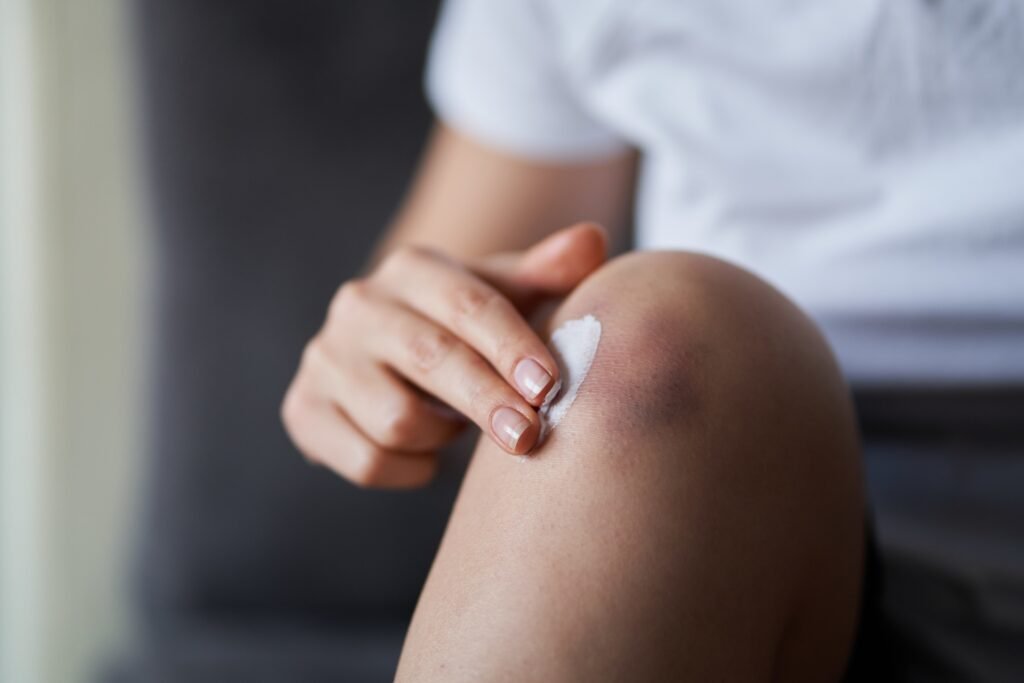
Hemophilia is usually an inherited bleeding disorder in which the blood does not clot properly. This can lead to spontaneous bleeding as well as bleeding following injuries or surgery. Blood contains many proteins called clotting factors that can help to stop bleeding. People with hemophilia have low levels of either factor VIII (8) or factor IX (9). The severity of hemophilia that a person has is determined by the amount of factor in the blood. The lower the amount of the factor, the more likely it is that bleeding will occur which can lead to serious health problems.
In rare cases, a person can develop hemophilia later in life. The majority of cases involve middle-aged or elderly people, or young women who have recently given birth or are in the later stages of pregnancy. This condition often resolves with appropriate treatment.




Certain genes create clotting factors. In inherited hemophilia, the genes carrying instructions for making normal clotting factors mutate or change. The mutated genes may give instructions that end up making abnormal clotting factors or not enough clotting factors. That said, about 20% of all hemophilia cases are spontaneous, meaning someone has the disease even though there’s no family history of abnormal bleeding.
There are three types of hemophilia:
The most common type of hemophilia, hemophilia A, is caused by an insufficient amount of clotting factor 8.
It is an inherited disorder (passed down from parents to children), but about one-third of cases are caused by a spontaneous gene mutation, or a change in a gene, according to the National Hemophilia Foundation (NHF).
Hemophilia A is much more common in males. It rarely occurs in females.
People with hemophilia A typically bleed for longer periods of time than other people. Two types of bleeding can occur: internal bleeds, which occur in joints and muscles, and external bleeds, from minor cuts, dental procedures, or trauma.
Hemophilia B results from insufficient amounts of clotting factor 9.
Like hemophilia A, it’s a genetic disorder, with about one-third of cases caused by a spontaneous mutation. People with hemophilia B bleed for longer periods of time than people who don’t have the disorder. Bleeding can occur internally, in joints and muscles, or externally, from minor cuts, dental procedures, or trauma. Hemophilia B is rare in women.
People with an unusual form of hemophilia B, known as hemophilia B Leyden, have undetectable levels of factor 9 early in life but increasing levels over time. By middle age, they may no longer need treatment for bleeding episodes.
Hemophilia C is caused by a lack of clotting factor 11. Unlike types A and B, spontaneous bleeding or bleeding into joints does not occur unless there is underlying joint disease. A more likely scenario for a person with hemophilia C is extended bleeding after surgery, dental procedures, or trauma. Men and women are equally affected by hemophilia C.
Common signs and symptoms of hemophilia include:

Key prevention messages from the National Hemophilia Foundation’s National Prevention Program.
Tips for Healthy Living:

The best way to treat hemophilia is to replace the missing blood clotting factor so that the blood can clot properly. This is done by infusing (administering through a vein) commercially prepared factor concentrates. People with hemophilia can learn how to perform these infusions themselves so that they can stop bleeding episodes and, by performing the infusions on a regular basis (called prophylaxis), can even prevent most bleeding episodes.
Good quality medical care from doctors and nurses who know a lot about the disorder can help prevent some serious problems. Often the best choice for care is to visit a comprehensive Hemophilia Treatment Center (HTC). An HTC not only provides care to address all issues related to the disorder, but also provides health education that helps people with hemophilia stay healthy.
Share this post:
Our website uses cookies to provide you with the best browsing experience.
By continuing to browse our website, you agree to use of cookies.